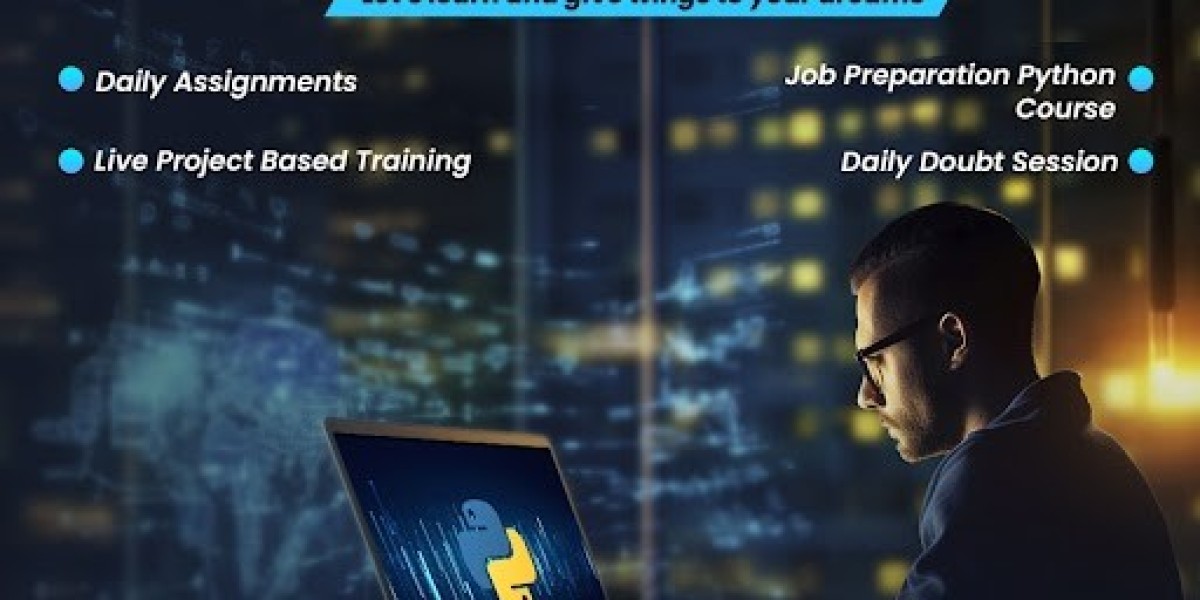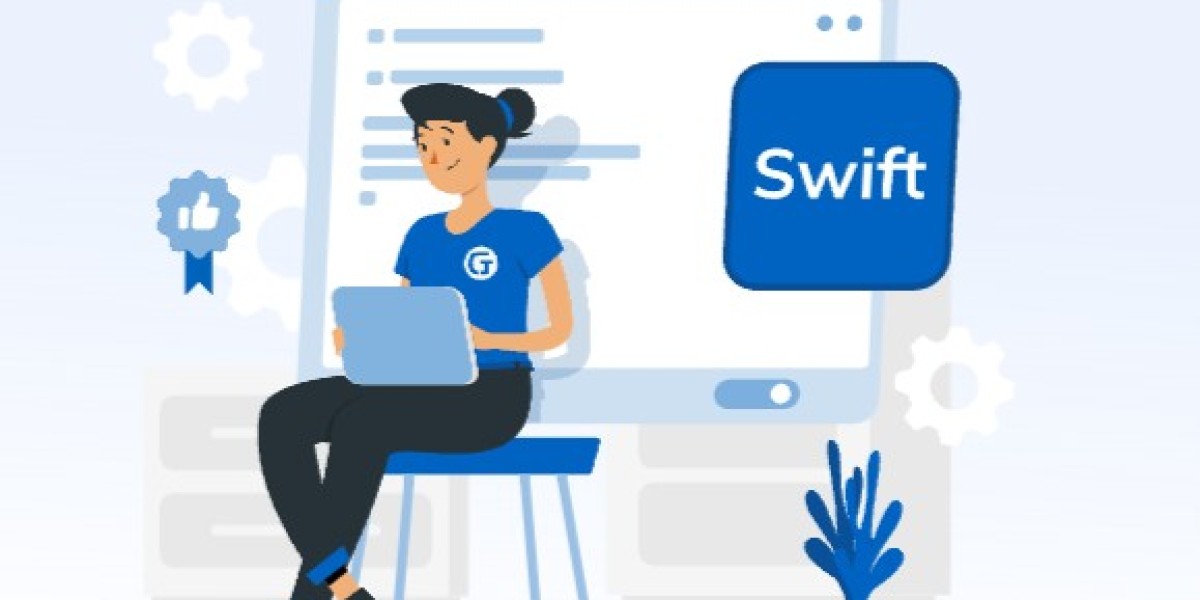Introduction:
Python is renowned for its extensive collection of libraries and packages that empower developers to accomplish a wide range of tasks efficiently and effectively. In this blog, we will take you on a tour of some essential Python libraries, showcasing their capabilities and how they can significantly enhance your development process. Get ready to explore the vast world of Python libraries and unlock new possibilities.
1. NumPy:
NumPy is the fundamental library for scientific computing in Python. This section will delve into NumPy's powerful multidimensional array of objects and its extensive collection of mathematical functions. You will learn how NumPy's efficient storage and vectorized operations can boost numerical computations and data manipulation.
2. Pandas:
Panda is a versatile library that provides data manipulation and analysis tools for Python. This section will introduce you to the core concepts of Pandas, including its DataFrame and Series objects. You will discover how Pandas simplifies data cleaning, transformation, merging, and aggregation, making it an indispensable tool for data analysis.
3. Matplotlib:
Regarding data visualization, Matplotlib is a go-to library in the Python ecosystem. This section will explore the various plotting capabilities of Matplotlib, from basic line and scatter plots
to advanced 3D visualizations. You will learn how to create visually appealing and informative plots, customize their appearance, and add annotations and labels to convey your data effectively.
4. SciPy:
SciPy is a powerful library that builds upon NumPy and provides additional scientific computing tools and algorithms. This section will showcase the wide range of functionality that SciPy offers, from optimization and linear algebra to signal processing and image processing. You will discover how to easily leverage SciPy to solve complex mathematical problems and perform advanced computations.
5. TensorFlow and Keras:
Deep learning has gained immense popularity in recent years, and Python offers prominent libraries for building and training neural networks. This section will introduce TensorFlow and Keras, providing an overview of their features and capabilities. You will learn how to construct and train neural networks using these powerful libraries, unleashing the potential for machine learning applications.
6. Flask and Django:
Python is also widely used for web development, and Flask and Django are two popular web frameworks that simplify the process. This section will explore Flask and Django, comparing their features and use cases. You will gain an understanding of how these frameworks facilitate the creation of web applications, handling routing, rendering templates, and interacting with databases.
7. Requests:
Interacting with APIs and fetching data from the web is a common task for developers. The Requests library in Python simplifies this process, making it easy to send HTTP requests and handle responses. This section will demonstrate how to use Requests to retrieve data from web APIs and perform tasks such as web scraping.
8. Beautiful Soup:
Parsing and extracting data from HTML and XML documents can be challenging. Beautiful Soup is a Python library that provides a convenient interface for navigating and manipulating such documents. This section will showcase how Beautiful Soup simplifies web scraping tasks by effectively extracting and analyzing data from web pages.
Conclusion:
Python offers a vast ecosystem of libraries and packages that cater to diverse needs and domains. In this blog, we have explored some essential Python libraries, including NumPy, Pandas, Matplotlib, SciPy, TensorFlow, Keras, Flask, Django, Requests, and Beautiful Soup. By leveraging these libraries, Python developers can significantly enhance their productivity and tackle a wide range of tasks more efficiently. Incorporate these powerful tools into your Python arsenal and unlock the potential to create robust applications, perform complex analyses, and tackle emerging challenges in the world of development.








